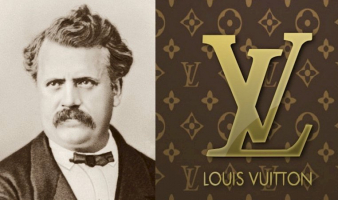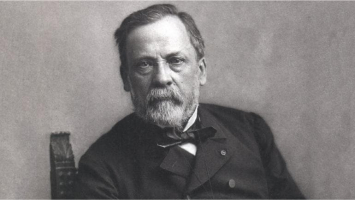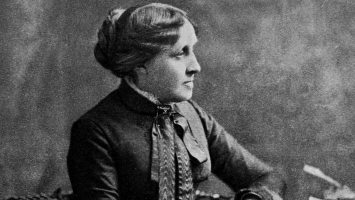Top 10 Interesting Facts about Louis XIV
There are interesting facts about Louis XIV that you may not know. He was king of France between 1643 and 1715. He is also known as Louis the Great, and King ... read more...of the Sun. He ruled his country from the Palace of Versailles and helped expand France's borders.
-
One of the interesting facts about Louis XIV is that he became emperor at the age of four. Louis XIII and Anne of Austria gave birth to Louis XIV on September 5, 1638, at the Château de Saint-Germain-en-Laye. He was given the name Louis Dieudonné, which means "Louis gifted by God," and he held the traditional position of Dauphin in France. His parents had been married for 23 years when he was born. Between 1619 and 1631, his mother gave birth to four stillborn children. The most prominent people of his time saw him as a divine gift and his birth as a miraculous miracle.
On May 14, 1643, King Louis XIII of France fell away at the age of 41. His eldest son, Louis XIV, who was 4 years, and 8 months old at the time, became the next monarch. Because the young king was too immature to oversee his 19 million subjects, Louis XIV's mother, Anne, served as regent and named Cardinal Jules Mazarin, an Italian-born Frenchman, as vizier. The young king learned everything from talent and strength to history and art from Mazarin, who functioned as a sort of surrogate father to his godchild. At the time of his coronation in 1654, Louis XIV was just 15 years old, yet it was seven years after Mazarin's passing before he became the undisputed ruler of France. (History repeated when Louis XV, his 5-year-old grandson, became king after Louis XIV passed away.)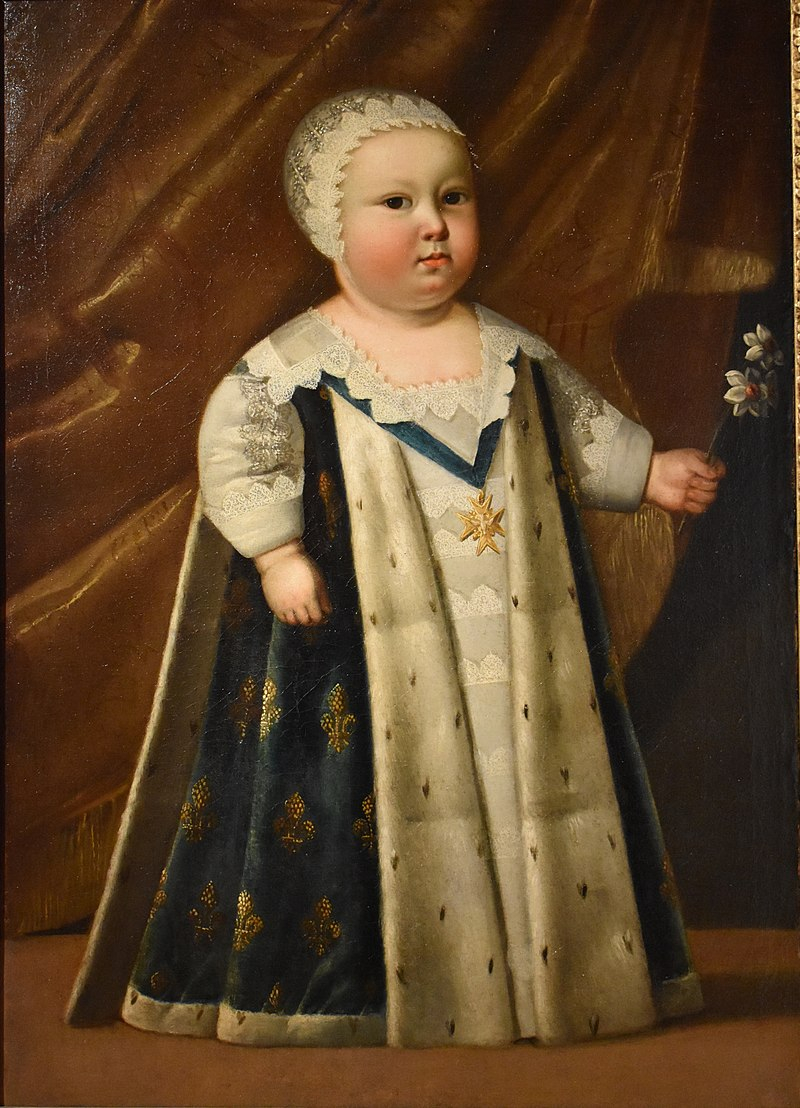
Louis XIV as a young child - Photo: https://en.wikipedia.org/ 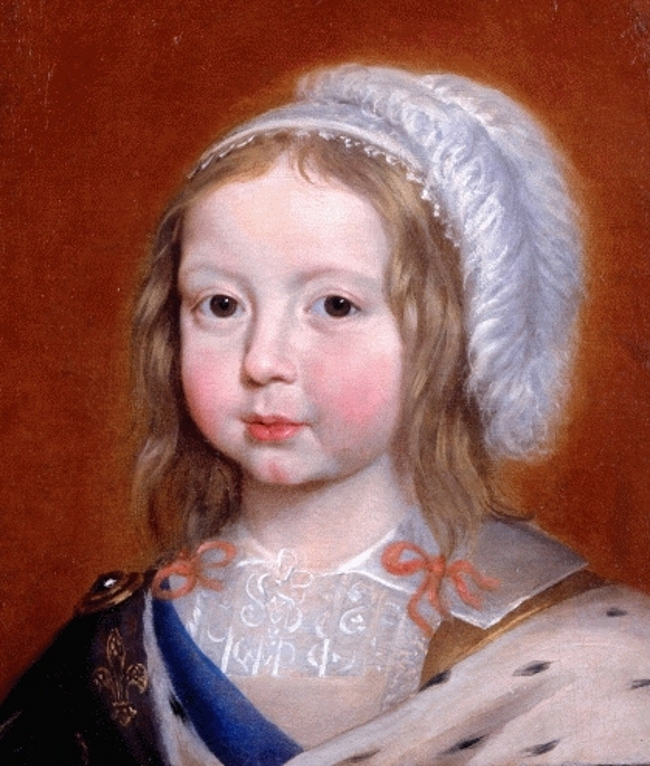
Louis XIV in 1643, just before becoming king - Photo:https://en.wikipedia.org/ -
Marie Mancini, the niece of Mazarin, was the king's first genuine love, and neither the queen nor the cardinal objected to their relationship. By marrying Marie-Thérèse, the daughter of King Philip IV of Spain, in 1660, Louis XIV was finally destined for a political union rather than a loved one.
By removing Mancini from the court so that he could wed in Italy, Anne and Mazarin put an end to the king's adoration. Mazarin may have been briefly persuaded to wed her niece to the King of France, but Queen Anne vehemently objected to this. For dynastic as well as political considerations, she desired to marry her son to the sister of her brother, Philip IV of Spain.
Mazarin instantly agreed with the Queen's stance because he was aware that her support for his position of authority and his foreign policy rested on his ability to negotiate a favorable outcome with Spain and his marriage to a Spaniard. Mazarin also had a strained relationship with Marie Mancini and had no faith in her to back up his claims.
Louis begged his mother with all of his tears, but she refused. Because many of Louis' foreign policy objectives and pronouncements for the next 50 years will be predicated on this marriage and because it was accomplished, the Spanish marriage will be essential to its role in ending the war between France and Spain. the union via which the House of Bourbon would finally inherit the Spanish monarchy.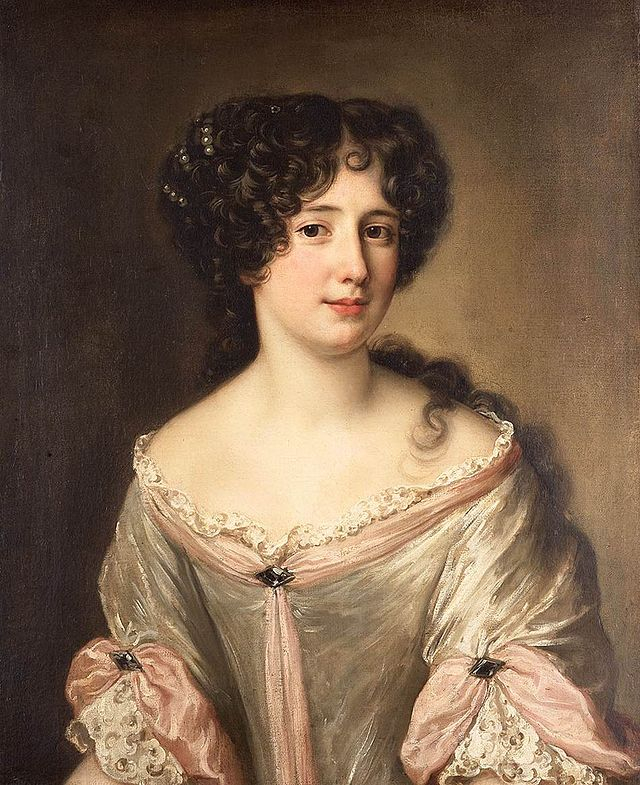
Marie Mancini - Photo: https://www.madameguillotine.co.uk/ 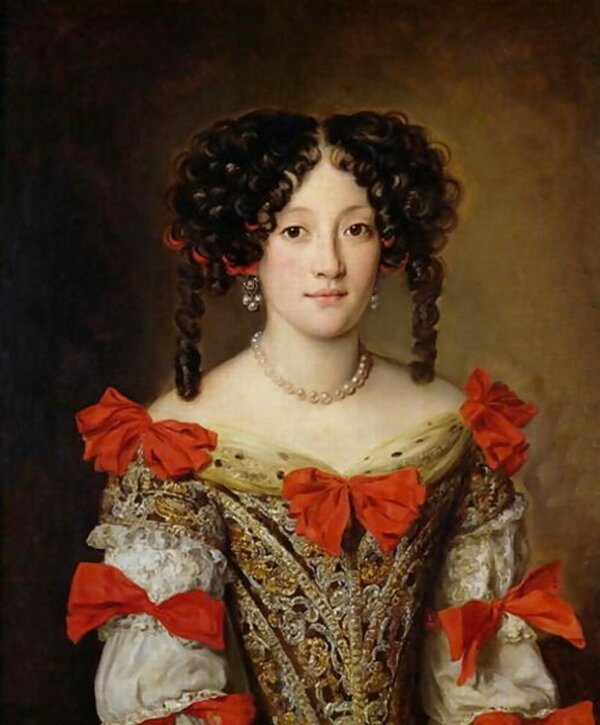
Marie Mancini - Photo: https://www.madameguillotine.co.uk/ -
Louis XIV detested Paris as a result of having to leave his palace during the Fronde - a series of civil wars. The monarch began transforming the royal hunting lodge in Versailles, where he acted as a little boy, into a monument of regal opulence in 1661. 13 miles outside of Paris, in the opulent palace at Versailles, Louis XIV's court relocated formally in 1682. The biggest palace in Europe evolved to become the seat of government and a representation of the king's power and wealth. The 700-room palace housed the royal residence as well as the nobles that Louis XIV welcomed into his domain and the tens of thousands of workers required to keep it up.
Louis transformed a hunting lodge erected by Louis XIII into the magnificent Palace of Versailles through four construction operations. A third construction drive, followed by an official royal transfer, gave the palace its current appearance, except for the current Royal Chapel (constructed toward the end of his reign) on May 6, 1682, reached Versailles.
Versailles evolved into a dazzling, inspirational location for diplomatic meetings and dignitary parties. The king was the only person in charge at Versailles. At Versailles, Louis' luxury extended far beyond the ornate rituals of the court. He was given an African elephant by the Portuguese king. He pushed the leading nobility to settle in Versailles.
Louis XIV made a significant effort to alter the French landscape by erecting various palaces and monuments for himself. Versailles is one of them that is still around. It was called highly extravagant while it was still being built. Due to the tremendous expense of building, it is also claimed to have destroyed the nation. It is rumored to cost around what an airport does today.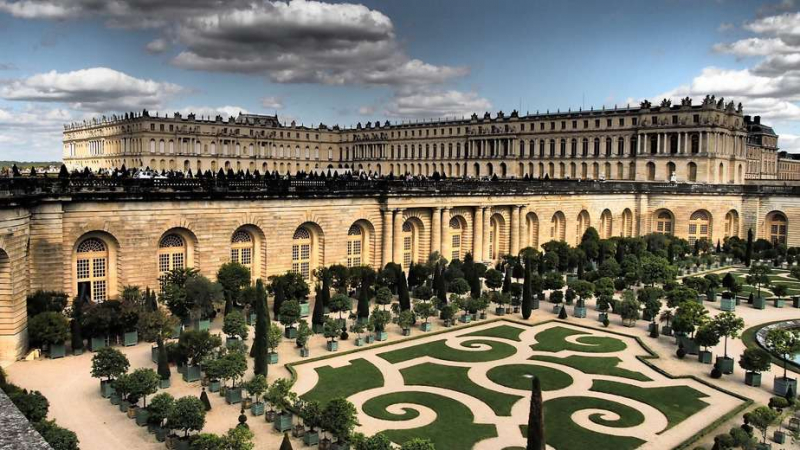
The Palace of Versailles was the heart of the Royal Court during Louis XIV’s reign - Photo: https://www.discoverwalks.com/ 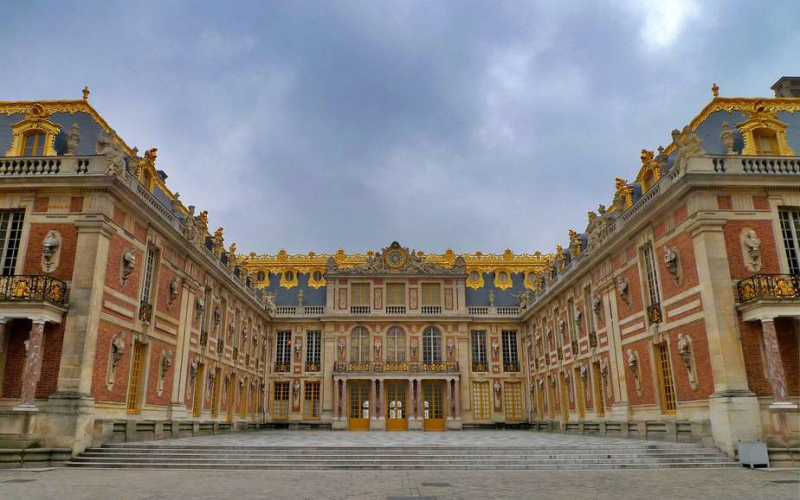
Versailles central wing is what remains of Louis XIII’s hunting pavilion - Photo: https://www.discoverwalks.com/ -
One of the interesting facts about Louis XIV is that he had more than a dozen children with his mistress. Only one of the six children the king's wife Marie-Thérèse gave birth to Louis lived past the age of five. Louis XIV fathered more than a dozen children who were not his. Only two of the king's five children, who were born to Lady Louise de La Vallière, lived through infancy. In contrast, Madame de Montespan, the king's final major mistress, gave birth to the king's seven children. Most of Louis XIV's children born to mistresses were finally given legal status in the years that followed their birth.
Louis was never devoted to Maria Theresa, despite signs of devotion early in their marriage. Both official and unofficial, he has had a lot of mistresses. Françoise-Athénas, Marquise de Montespan (with whom he had seven children; 1667-80), Anne de Rohan-Chabot (1669-75), Claude de Vin des illets (one born in 1676), Isabelle de Ludres (1675-78), and Marie Angélique de Scorailles (1679-81), who passed away at the age of 19 from childbirth, are among the better documents. He had a lot of illegitimate children from these relationships, and he married most of them off to cadet branches of the royal family.
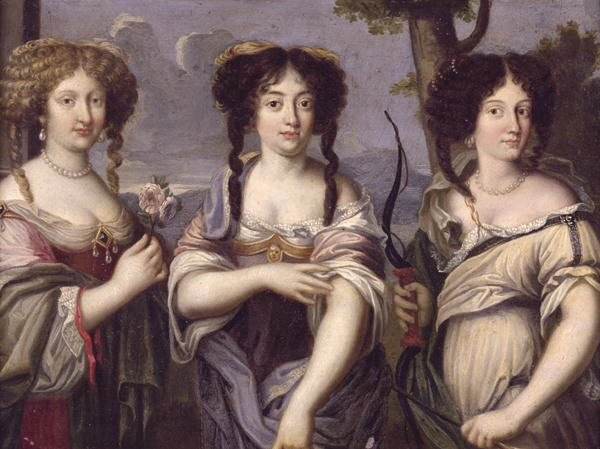
Portraits of three of Cardinal Mazarin's nieces and lovers of Louis XIV - Photo: https://www.madameguillotine.co.uk/ 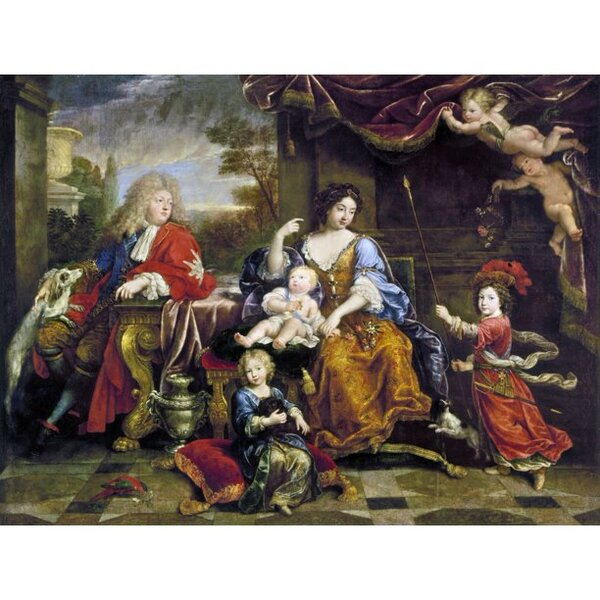
Louis XIV and his children - Photo: https://i5.walmartimages.com/ -
One King, One Law, One Faith was the motto of Louis XIV, a devout Catholic. He decided to withdraw all civil and religious liberties as a result. This implied that if Protestants, who made up roughly 5% of France's population, continued to practice their religion, they would all be put to death.
When he issued the Edict of Nantes in 1598, the king's great-grandfather Henry IV gave French Protestants also known as Huguenots political and religious freedom. Devout Catholic Louis XIV thought his religion should be the only one practiced in his nation in 1680.
Louis further expanded his persecution against Protestants in 1681. Although Louis outlawed migration and urged that all Protestants be converted, the notion cuius regio, eiusnticio generally also meant that individuals who refused to convert might depart. Second, he started disputing dragons in Protestant homes at the advice of René de Marillac and the Marquis of Louvois. Although he was legally allowed to do so, these dragons ruthlessly mistreated and created tremendous financial hardship for Protestants.The Catholic king overturned the Edict of Nantes in 1685 by issuing the Edict of Fontainebleau, which mandated the demolishment of the homes, after years of harassing Protestants and restricting their privileges. Protestant churches closed Protestant schools and required baptism, and Catholic education for kids. At least 200,000 Huguenots fled France as a result of the decree in search of religious freedom in other parts of Europe or the American colonies.
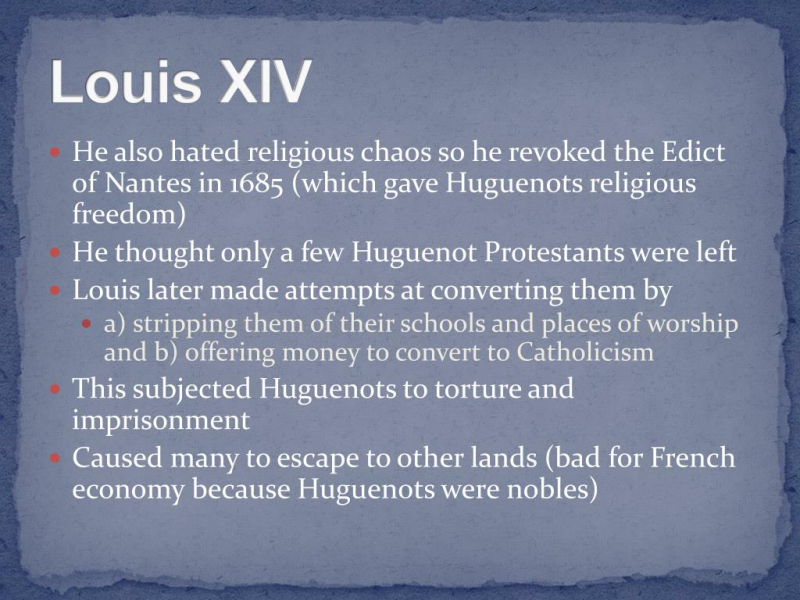
Photo: https://image1.slideserve.com/ 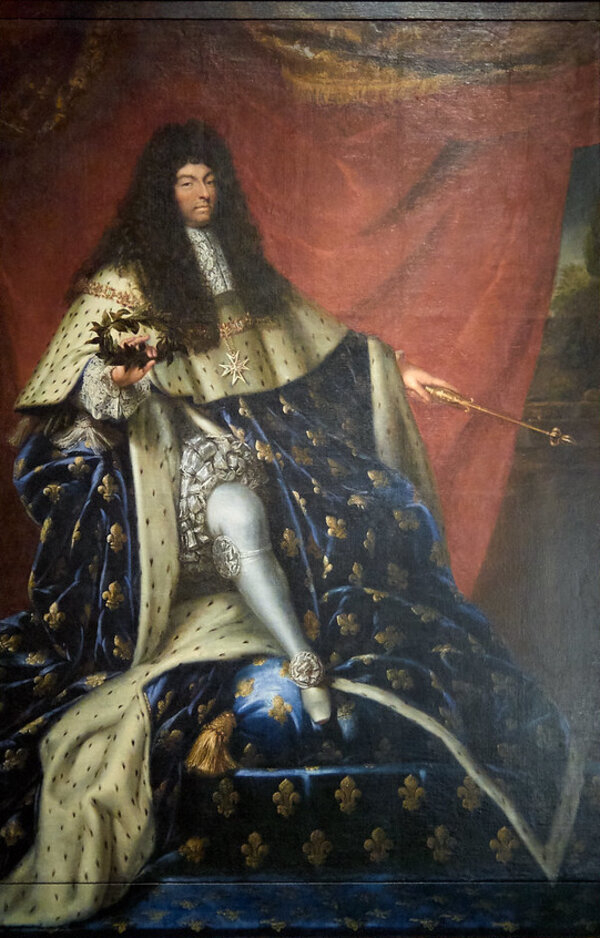
Louis XIV in 1685, the year he revoked the Edict of Nantes - Photo: https://en.wikipedia.org/ -
One of the interesting facts about Louis XIV is that he believed he was God's direct representative on Earth. The birth of Louis XIV, the first child of King Louis XIII and his wife Anne, took more than twenty years. The boy was given the name Louis-Dieudonné, which means "gift of God," by the royal couple who were overjoyed to have a direct heir to the throne. Mazarin also taught the young Louis XIV the idea that monarchs are chosen by the gods, which added to his already inflated feeling of self.
Louis XIV used the sun as his symbol because, in his opinion, France revolved around him just like the planets did around the sun and any disobedience to his commands was a sin. Louis used court customs and artistic expression to legitimize and bolster his authority over France. Early in Louis' reign, Colbert set up a systematic, institutionalized system for building and upholding a royal image with his assistance. As a result, the king is either shown in majesty or at war, particularly with Spain.
With his majesty, he possessed precious items as well as the property of 19 million subjects in France, according to the laws of the kingdom. Therefore, it increases pride and self-esteem.
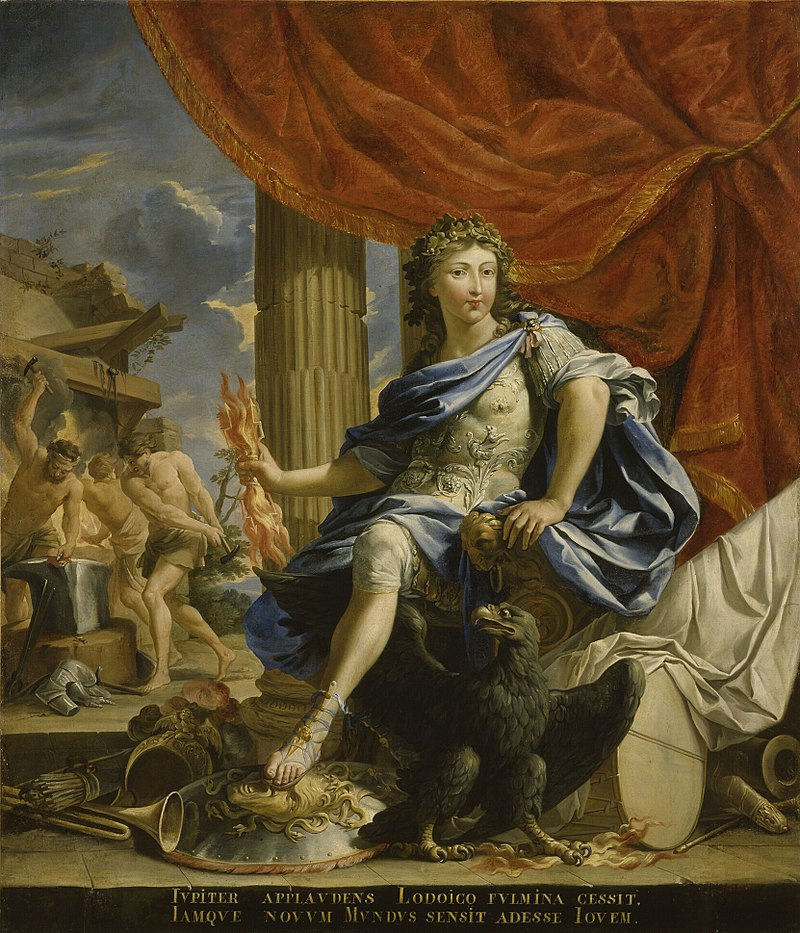
1655 portrait of Louis, the Victor of the Fronde, portrayed as the god - Photo: https://en.wikipedia.org/ 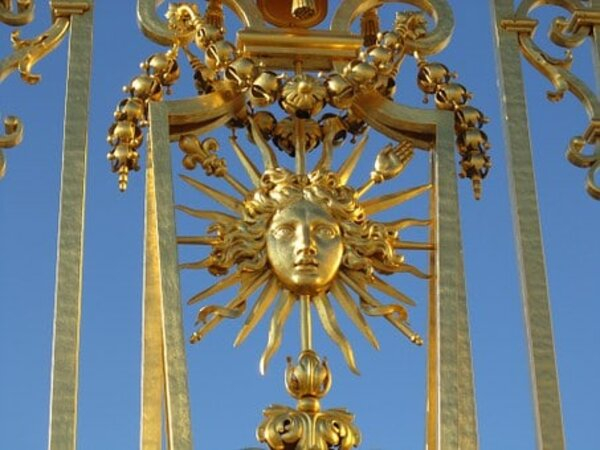
The sun symbol represents Louis XIV as the Sun King - Photo: https://www.discoverwalks.com/ -
Louis XIV made numerous reforms to his government as well as established several institutions and programs to support the arts in French culture. He founded the Royal Academy of Music, the Paris Observatory, and the Academy of Inscriptions and Belle-Lettres.
Louis utilized ballet as a political tactic to maintain control over his state. He deeply incorporated dance into courtly social activities and focused his nobles' attention on upholding ballet standards, diverting them from political pursuits.
Louis established the Royal Academy of Dance in 1661 to accomplish his goals. Louis instructed Pierre Beauchamp, his private dancing teacher, to create a notation system for documenting ballet performances, which he accomplished with remarkable success. Feuillet gave his work his blessing, and it was published as Choregraphie in 1700. Under Louis, this significant dance growth was crucial in promoting French and ballet culture across Europe.
These historians attribute the sharp decline in civil conflicts and aristocratic uprisings under Louis' rule to the consolidation of royal authority over the feudal aristocracy ants. They concluded that his early reforms helped to centralize France and ushered in the modern French state. They believed Louis was responsible for bringing France to the top of Europe through a series of political, military, and cultural triumphs. France was revered throughout Europe for its strength, refinement, and military and cultural accomplishments.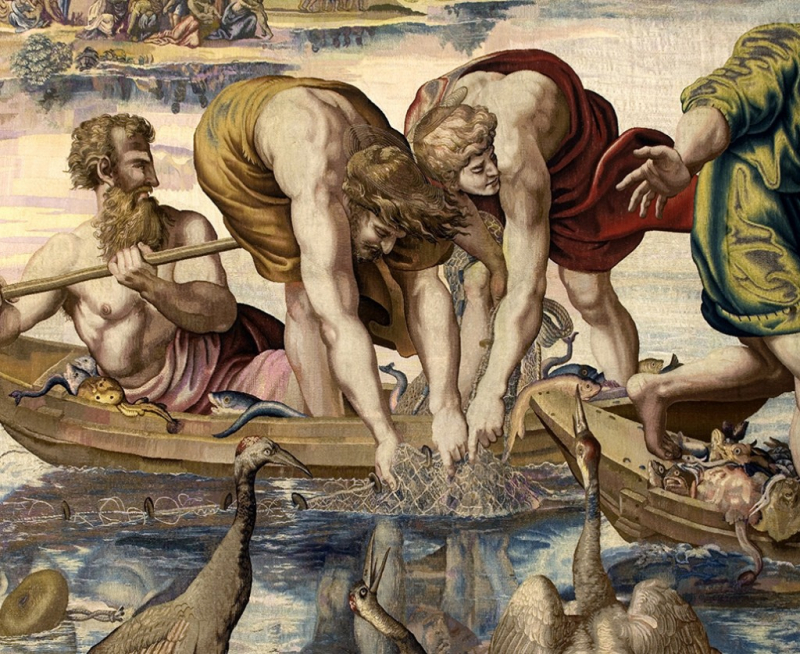
The French culture with the arts - Photo: https://www.thecultureconcept.com/ 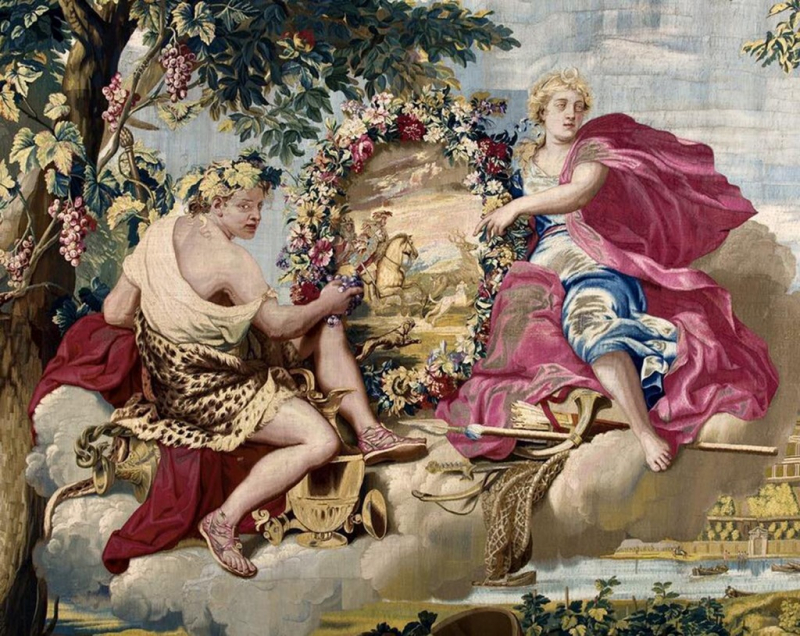
The French culture with the arts - Photo: https://www.thecultureconcept.com/ -
An interesting fact about Louis XIV is that he fought as a soldier in the war against Spain. When war broke out at that time, French kings were also required to join the military. He fought among the other soldiers in the conflict between France and Spain in 1635.
France became immensely weak as a result of failure, starvation, and growing debt. Two famines between 1693 and 1710 resulted in more than two million deaths, and they were made worse by forces hunting for food in the villages.
In the fall of 1704, Louis, in a last-ditch effort to attack the prosperous crops of the British island of Guernsey, ordered a disastrous invasion. He was prepared to embrace peace at any price by the winter of 1708–1709. In addition to agreeing to return to the borders of the Peace of Westphalia and cede all the territories he had accumulated over the previous 60 years, he also agreed that the whole Spanish empire should be handed up to Archduke Charles.
However, he could assure that Philip V would consent to these conditions. To impose these conditions on Louis, the Allies asked that he fight his nephew by himself. If he fails to accomplish this within a year, the battle will go on. Louis can't agree to these conditions.Louis XIV fought constantly. He participated in several wars, including the Devastating War of 1667, the Dutch War (1672–1688), the War of Reunions (1683–1684), the Nine Years' War (1688–1697), and the War of the Spanish Succession (1701–1714).
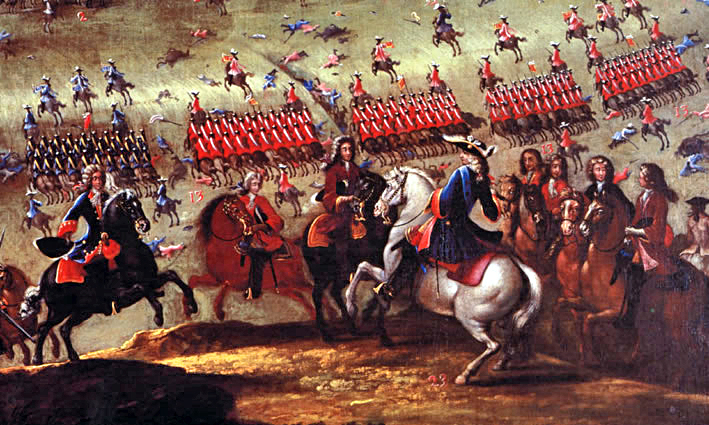
The Franco-Spanish army defeated decisively the Alliance forces of Portugal, England, and the Dutch Republic at the Battle of Almansa. - Photo: https://en.wikipedia.org/ 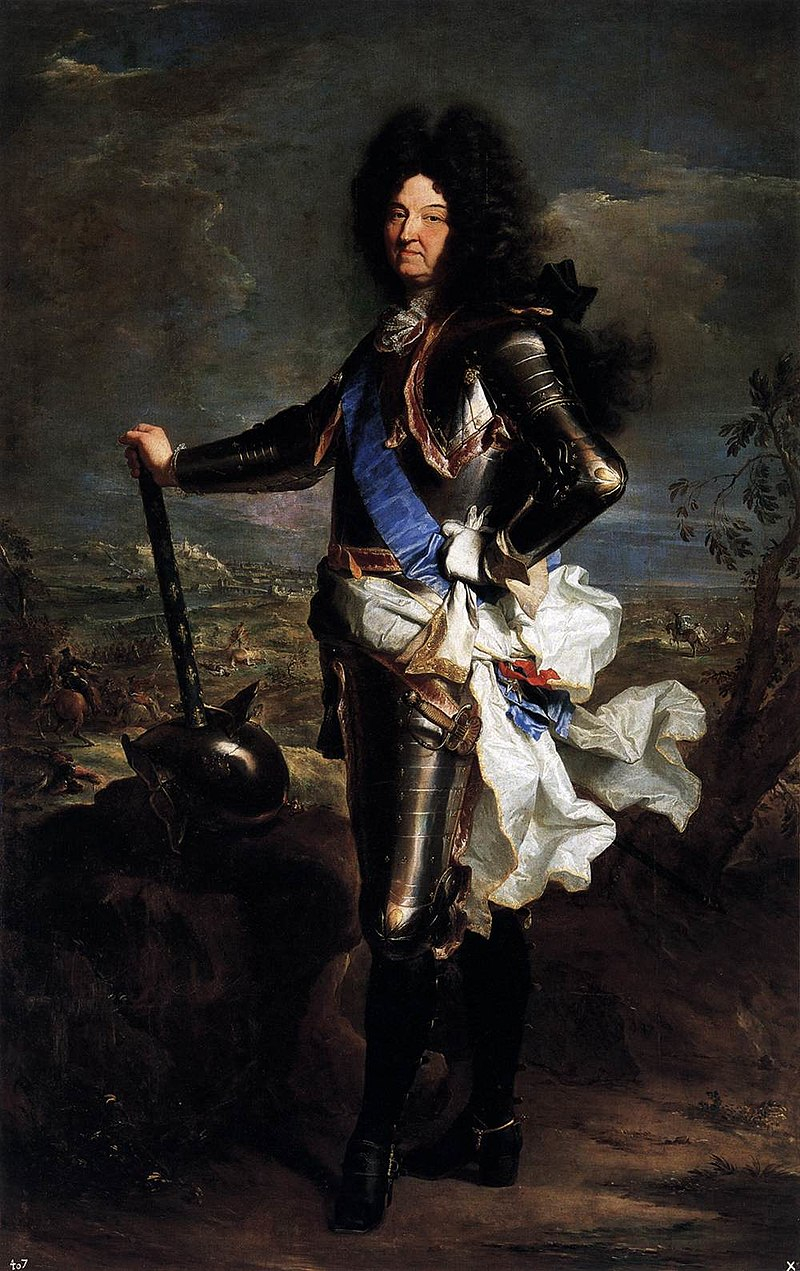
Louis in 1701 - Photo: https://en.wikipedia.org/ -
The fact that French kings have mistresses in addition to their official wife, the queen, is widely known and accepted. More mistresses than the queen are brought to the Court. The latter's only responsibilities at the Court of Versailles were philanthropy and ensuring the king had offspring.
The royal mistress took on the role for everything else, such as the daily activities of the Court and the king's amusement. Among the numerous, Louise de Lavallière, the Marquis of Montespan, and Madame de Maintenon controlled Louis XIV's lengthy reign. She was always meant to be his companion, thus the mistress could never replace the queen. But among the three, Madame de Maintenon, the second, will have knowledge that no one else does.
Initially, Louis XIV planned for Madame de Maintenon to look after the kids he had with his previous mistress, Madame de Montespan. Louis XIV gradually turned to Madame de Maintenon, who eventually became his trusted mistress, as he grew older and grew weary of Madame de Montespan's demeanor. A turning point in the mistress' life occurred with the passing of Queen Marie-Thérèse.
Less than three months after the passing of his wife, the monarch decided wed Madame de Maintenon despite all custom and the fact that she did not come from a higher aristocracy. She only became the king's wife, not the queen, because the marriage was conducted in extreme secrecy. Thus, until the end of the king's reign, Madame de Maintenon profited from a particularly special place in the Court as well as in the life and heart of the monarch. The marriage of a king and one of his mistresses was unprecedented in French history.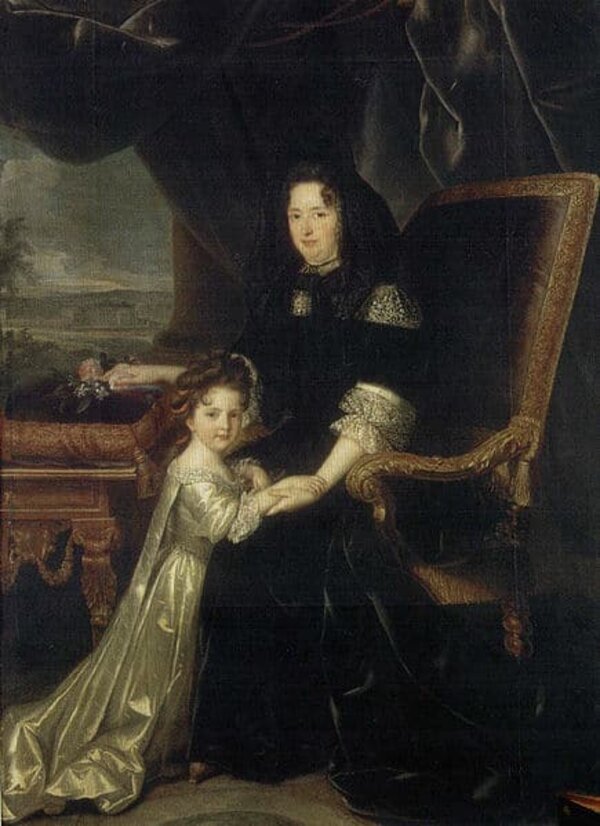
Portrait of Madame de Maintenon by Louis Elle - Photo: https://www.discoverwalks.com/ 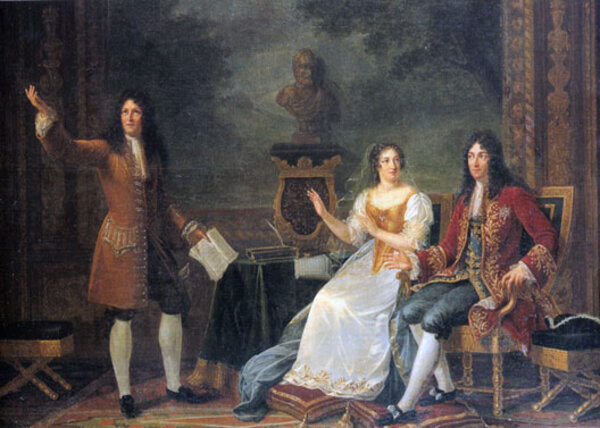
Louis XIV with Madame de Maintenon - Photo: https://www.herodote.net/ -
Louis XIV was born in 1638, and when his father passed away when he was four years old, he was made king of France. An important fact about Louis XIV is that he reigned from 1643 to 1715 until his death at the age of 72. Few other monarchs in the world have reigned longer. This makes him the longest-reigning French monarch in history and any other European country.
In the last years of his life, Louis XIV had to go through a series of family tragedies. First, in 1711, his son and apparent heir died of smallpox. Then, the following year, measles claimed the lives of a grandson and great-grandson, as well as a beloved niece-in-law. Two grandsons are still alive. But one died as a result of a hunting accident in 1714, and the other was forced to give up the French throne as part of an agreement that he remained the ruler of Spain.
Louis XIV now has only one potential heir: an ailing great-grandson. Although in desperation he claimed that two of his illegitimate children could become kings if his direct lineage were lost, that never happened. Coming to power at the age of 5, his great-grandson would continue to run France for the next 59 years as Louis XV.
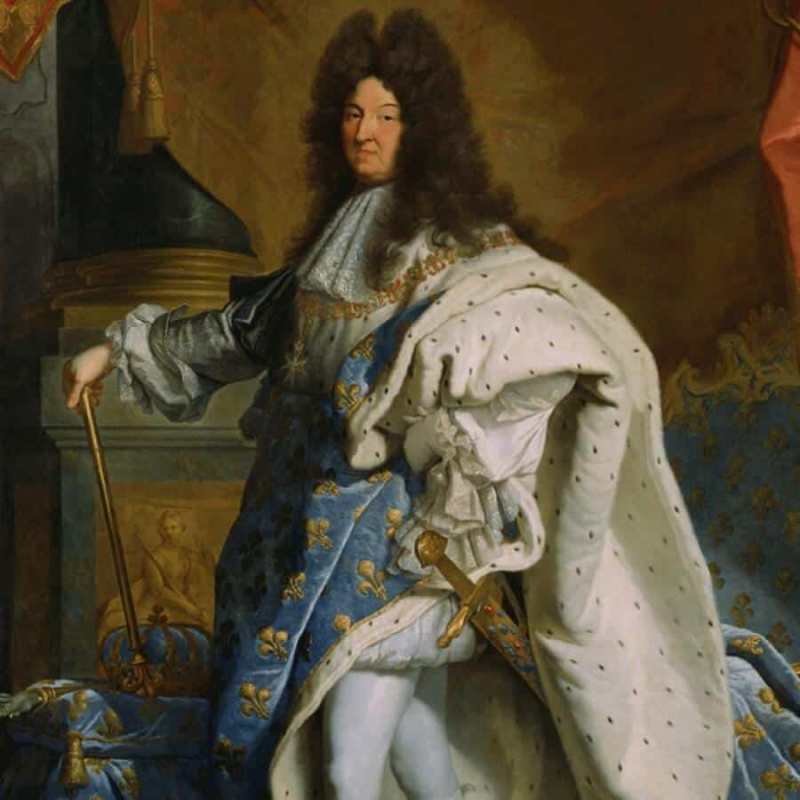
Photo: https://youth-time.eu/ 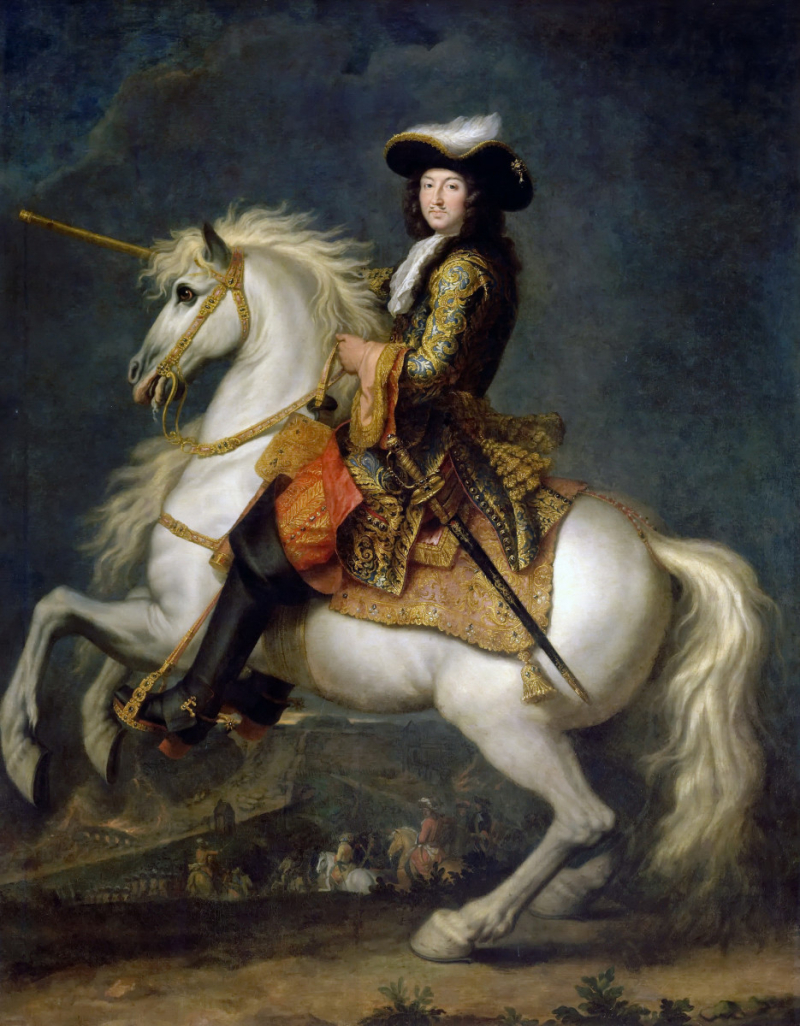
Photo: https://www.history.com/














